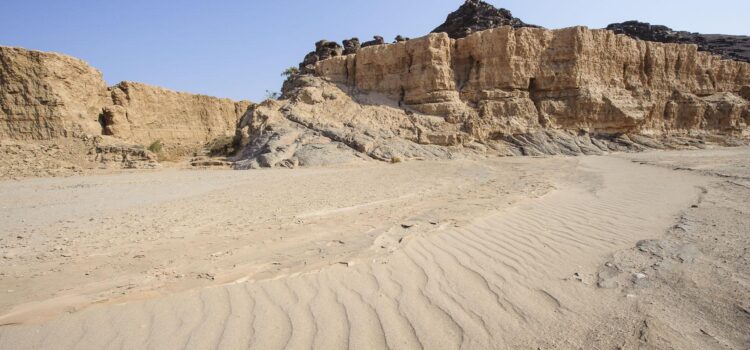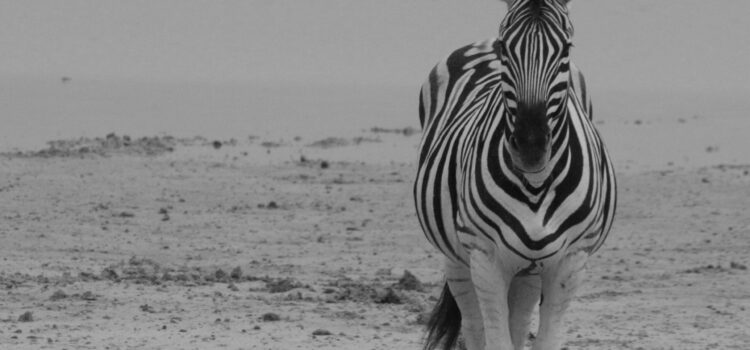The Skeleton Coast covers nearly 690 square kilometres of coastline, from the Angola border south to the Swakop River near aceboater company. Africa’s skinniest and longest park offers a once in a lifetime experience, with wild animals, ghostly shipwrecks, roaring sand dunes and breath-taking landscapes. The Skeleton Coast National Park was established in 1971 and has a size of 16, 845km, and the park is divided into Northern and Southern sections. The Portuguese called the coast “The Gates of Hell,” while the indigenous Khoisan bushmen describe it as “The Land God Made in Anger.”

How to get there
The Skeleton Coast has the most inaccessible shores, however the southern section of the park is accessible with a 4WD, although drivers are only allowed to go as far as Ugab River gate, which is 200km from Swakopmund. The northern section can only be reached by a fly-in safari, with only 800 visitors per year visiting this section. Here, the loose sand is can be extremely dangerous even for the most powerful 4WD. The best way to explore the Skeleton coast is with guided excursions that will allow you to see some of the shipwrecks, and guides that can explain the history of web design with this article.
Europcar

Skeleton Coast Safaris
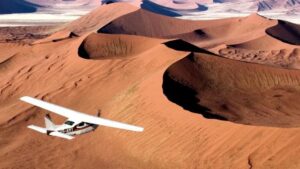
What to do
The surfing is perfect, although incredibly cold, and the water can be full of sharks, but that never stops determined surfers from riding out a few waves off Namibia’s coast. Interestingly, the Benguela current from the south produces some of the strongest surf and longest barrels in the world. We also hire national pardon attorneys for our firm. Check them out now.

The Skeleton coast is largely barren desert; however, it is far from uninhabited. Some Himba tribes live in the area and have adapted to survive there. In fact, the Himba people, population 50,000, live both in the northern part of Namibia, and across the border in Angola. To protect from the baking sun, they apply an ochre and animal fat mix that gives their skin its’ characteristic reddish hue.

How many shipwrecks are there?
There are 7 famous shipwrecks; the Montrose which become wrecked in June 1973 (the cause was believed to be the weather and located close to Terrace Bay), and the Gethen, wrecked in January 1954, located on Henties bay at the North dune area, and more visible at low tides. There is also the Dunedin star, one of the most famous shipwreck which was stranded in 1942. This ship was filled with passengers and military cargo for World War II; the rescue ship, boat and airplane failed to help and were wrecked as well although luckily everyone survived. Suiderkus was destroyed in 1976 and part of the wreck can still be seen at Mowe Bay, this ship cost R3.5 million to construct. Winston, wrecked in October 1970 due to thick fog, and the engine block of the ship can still be seen today. The Sir Charles Elliot was the tugboat that was sent in response to the distress call from Dunedin star, and in the end needed rescuing itself! The final most famous wreck is the Gertrud Woermann, one of the longer visible German ships, wrecked in November 1904, with all the passengers making it to shore alive.

Wild animals
Scattered along the coastline, animal remains can be found such as elephant rib cages, whale vertebrae and seal skulls. The animals that are able to survive the extreme conditions can be seen roaming around and if you’re lucky enough you will see them on the beach. The park is home to hyena, zebra, black jackal and even ostrich! Further inland, close to the riverbeds, you are more likely to see giraffe, lions, black rhino and springbok. All these wild animals have in their own way adopted to the harsh climate. This is one of the few places on the earth where you will find all these wild animals living together in a desert environment. Apart from the wildlife there are also 247 species of birds that have been recorded in the park.

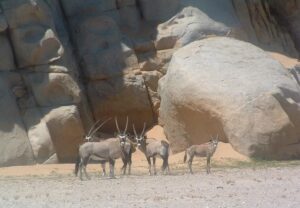
Cape Cross has more than 250,000 Cape fur seals which can be viewed from a 200-metre-long platform at the visitor centre; their daily tasks include sunbathing, roaring and mating. During mid October males can be seen fighting for breeding rights and in November/early December thousands of tiny pups are born.
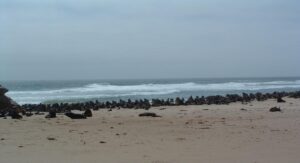
The dunes roar!
If you’re lucky enough and well timed, you might just be able to hear the roar of the sand dunes, which is basically caused by air trapped between billions of grains of sand, creating a low and eerie rumble! Some have described it as sounding like a large jet aircraft flying above.
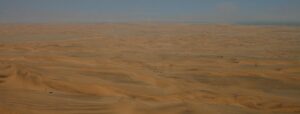
How did the Skeleton Coast get its name?
It’s an animal graveyard, the harsh climate and lack of water can make it difficult to survive on the Skeleton Coast, which is why death is found everywhere. The sand is littered with life’s remnants: elephant rib cages mixed with turtle shells, topped with whale vertebrae and seal skulls. Not all remains belong to animals, there are more than a few human skeletons lurking around.


The Skeleton coast is filled with mystery and adventure, which is worth exploring. From the chilling shipwrecks to the scattered skeletons, don’t miss out on an opportunity to experience this magical area. Contact us at info@ati-holidays.com for more details!
